I was perusing the Fast Company website when my eyes were drawn to an article titled, “Thomas Edison’s Keys To Managing Team Collaboration.” Since Edison (AKA Tommie) is one of my “guys” (Lost Pins), I felt compelled to check it out.
The author, Kaihan Krippendorff wrote about a recently released book by Sarah Miller Caldicott, a descendant of Thomas Edison, who is an international expert on the inventor.
Midnight Lunch: The 4 Phases of Team Collaboration Success from Thomas Edison’s Lab
All of history’s most impactful entrepreneurs–from Thomas Edison to Bill Gates, Steve Jobs, or Richard Branson–were able to shape our world not only by their inventions, but by their ability to pull in bright people, to become a sort of collaboration machine, to invent together. The genius was in creating the context and culture for a collaborative process that moved their inventions forward, faster.
In “Midnight Lunch,” Caldicott addresses a new form of collaboration that’s emerging:
Like a giant pulsing brain, a new kind of collective intelligence will become possible by the end of the decade, redefining how knowledge networks operate and how microcosms of people drive value-creating activity across vast geographies as well as entire organizations.
Caldicott packages Edison’s collaboration approach into a well-thought-through process for managing team collaboration:
Four keys to managing team collaboration. In brief, they are:
Step 1: Establish Capacity
First, assemble the capacity to innovate. Identify a small group (2-8 people) that brings together a diversity of experiences and perspectives.
When I set up strategy efforts with clients, we aim for 5-10 collaborators that represent key areas of the company (marketing, operations, HR, etc.).
Step 2: Set Context
This is a two-step approach: First, run what Caldicott calls a “solo-meld†in which each member individually reads broadly about the collaboration topic, questions assumptions, and conducts initial analyses to create insights, without reaching conclusions.
Follow this with a “group-meld,” in which members come together to share their insights, experiment with broad range of potential solutions, and develop prototypes (often today these are narrative prototypes, stories of potential solutions).
Step 3: Maintain Coherence
It’s not unusual for any team to get distracted and lose momentum. The key is to inspire the team with the shared purpose, while measuring the progress toward that shared vision. Give the team feedback to keep them engaged.
Step 4: Manage Complexity
Innovative ideas are always inconsistent with prevailing logic and beliefs, so your challenge now is to manage the complexity of converting your idea into reality. This means starting to influence beyond your team so the idea catches on, networking in the broader organization to get people on board, and doing what Caldicott calls “footprinting” –building a collection of notebooks, documents, data, videos, pictures, and sound recordings that will serve as a record of your team’s work.
***
The write-up got me curious to read the book. It also got me to do some quick research on the author
According to her Amazon bio, Sarah Miller Caldicott is a great grandniece of Thomas Edison, and specializes in translating Edison’s world-changing innovation methods for use in the 21st century. Drawing upon her 15-year career as an executive with Global 500 companies, Sarah’s work offers practical frameworks for driving innovation and collaboration in organizations of all sizes. An inspiring speaker, Sarah travels all over the world teaching executives how they can bring Edison’s revolutionary methods of thinking and working into the digital era. A graduate of the Tuck School of Business at Dartmouth, one of the top-ranked MBA programs in the world, Sarah’s work is designed to deliver immediate relevance and ROI.
During an interview before an appearance at a book store, Miller Caldicott said that Midnight Lunch offers us a deep, step-by-step view of what collaboration is, how it can be created, and why it’s crucial for today’s multi-generational workforce.
When asked what sparks her creativity, she pointed to three things:
1) Reading widely
2) Using analogies to spur new thinking about relationships between concepts that at first seem unlike but are actually alike in novel ways
3) Meeting other people who are deeply interested in innovation
In response to the question on what’s the one big thing she wants people to take away from her book, she said:
We all must master collaboration as a crucial skill for success in the next decade. Collaboration is actually a “superskill” we can all develop whether we are using it to innovate, or simply to spur new ideas.
Seems like a great new read for the New Year.
###
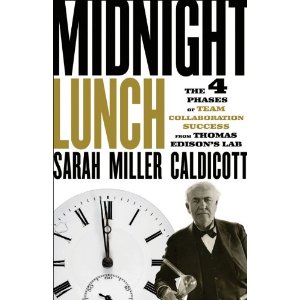
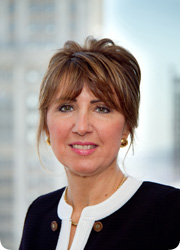

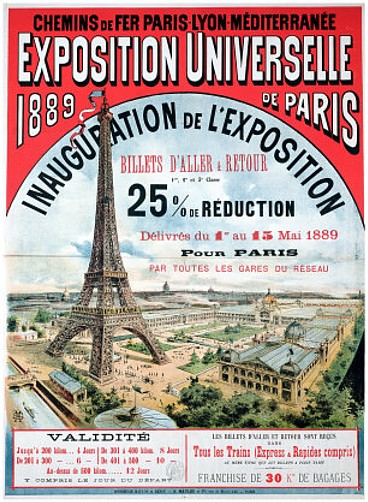

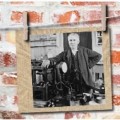
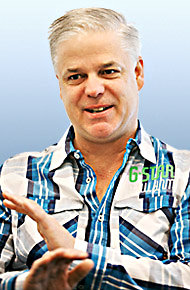
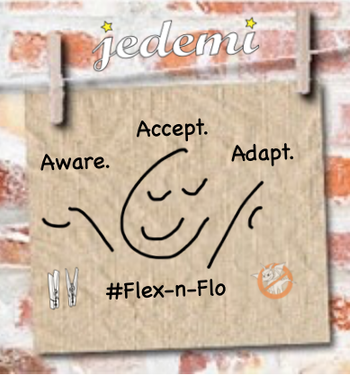

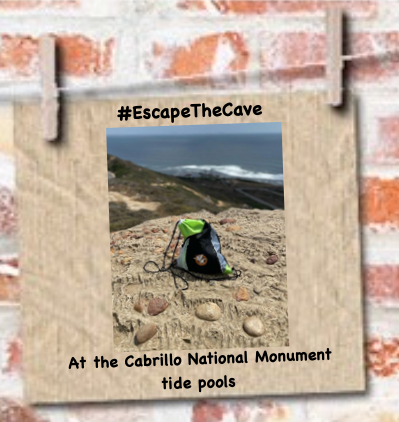


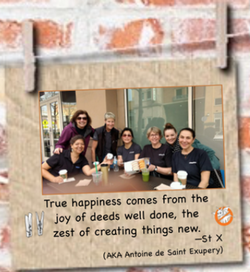


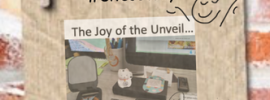

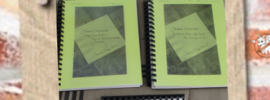

Speak Your Mind